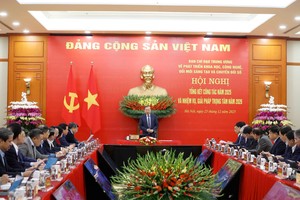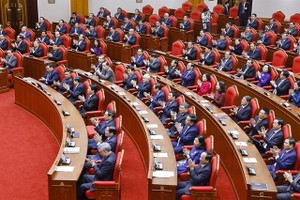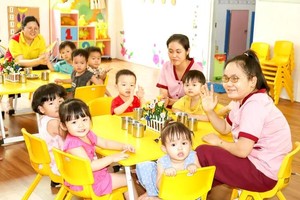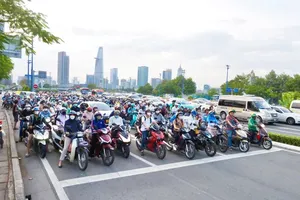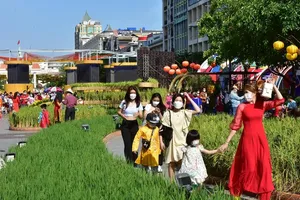Vietnam is currently going through a so-called period of ‘golden population’ with declining birth-rate and high number of working people.
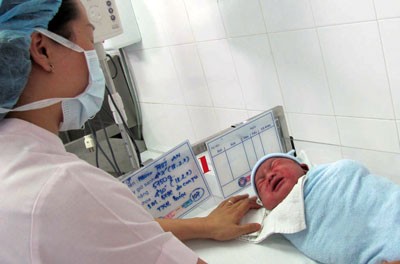
This is a good opportunity for Vietnam to take advantage of a young labor force to push economic growth. However, this also generates many challenges if the population and quality of workers are not highly qualified or are adequately skilled.
Ho Chi Minh City is one of most populated cities in the country with eight million people and an abundant work force. According to the General Office for Population Family Planning, Vietnam’s population is now in a so-called ‘golden’ period with a huge number portion of working age.
in HCMC, this number has been increasing steadily from three million in 2005 to more than four million in 2013.
To Thi Kim Hoa, Deputy Head of the City Department of Health said that birth rate has continuously been declining as the City has strictly implemented the Population Law. The birth of a third child has fallen from 5.65 percent in 2003 to 3.71 percent in 2012.
Nearly 70 percent of couples in childbearing age apply birth control methods; more than five million young people of childbearing age and teenagers undergo reproductive healthcare consultation; more than 70,000 pregnant women have prenatal screening tests; and more than 62,000 newborn babies have fetal monitoring before and after birth.
The General Office for Population Family Planning is however anxious about gender imbalance. Sex imbalance worsens gender inequality with more boys than girls being born. Before, the average sex ratio of newborns was 110 males to 100 females, but in 2012 the ratio reached 123 males to 100 females.
To correct this sex inequality, the Government is providing a number of benefits to those with two daughters, and no attempt to have more than two children.
As per the policy, the second daughter of a family with two daughters will receive support for school tuition and health insurance as she grows up. Elderly people who have daughters only will also be on priority of social security policies.
Hoa said despite older population structure, the City has a higher unemployment rate with 3.2 percent. The population density is 3,700 persons per square kilometer, 13 times the country’s average density and yearly population increase is 2.5 percent, resulting in population overload and poor living environment.
Worse, the City is the economic and cultural hub of the country that attracts hundreds of workers from all corners of the country.
According to government planning, the City has 23 industrial and export processing zones which require a large labor force. This is a big challenge as educational facilities provide skills for only a limited number while majority of the labor force is in dire need of skills training.
According to the General Office for Population Family Planning, 581,000 children were born in the first six months of the year. The office is working to reduce sex imbalance for the period 2013-2020 and quality of population with training and social polices methods.
